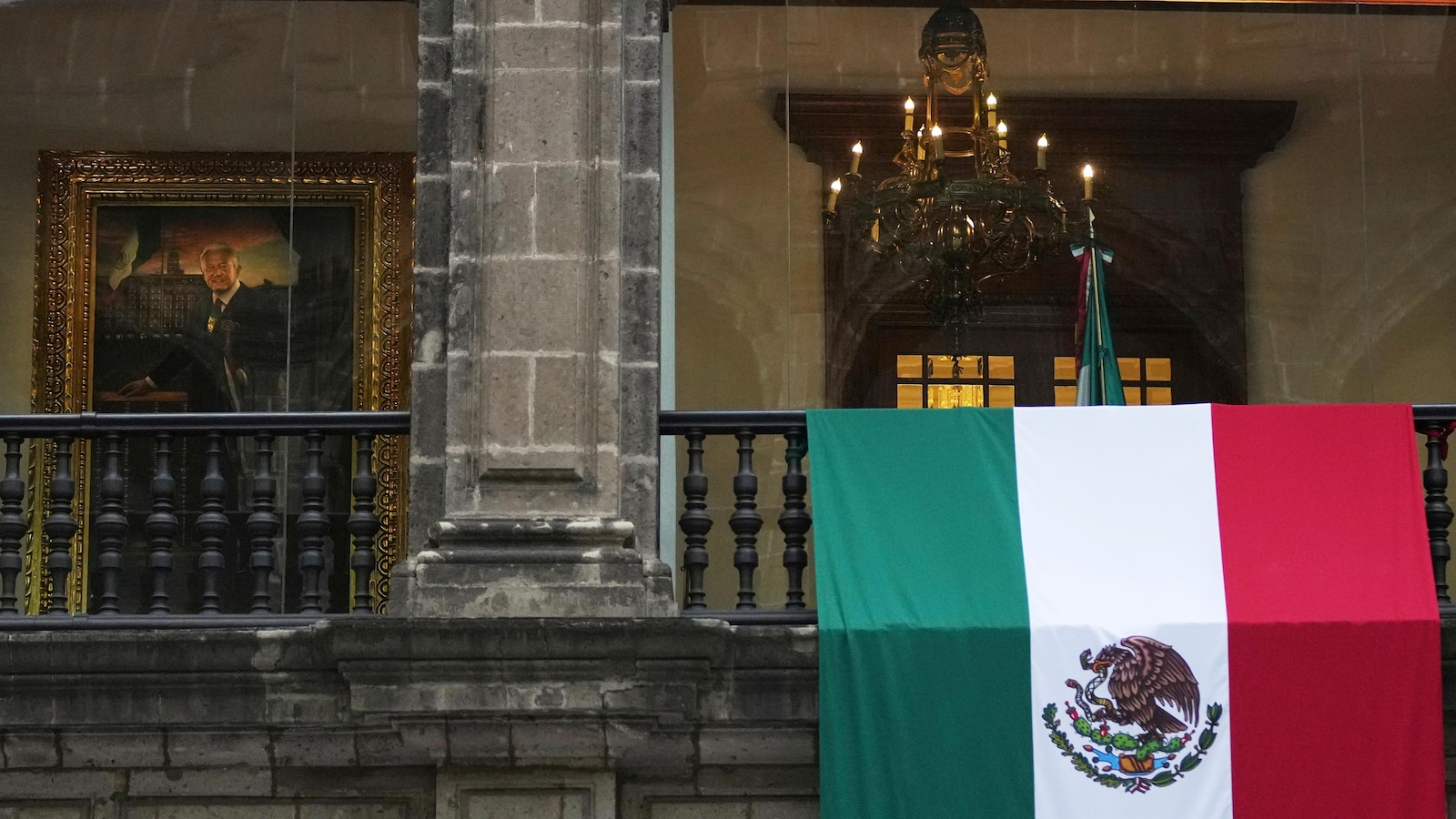In a groundbreaking study that bridges the gap between paleontology and microbiology, researchers have successfully sequenced bacterial DNA extracted from the dental remains of long-extinct mammoths. This remarkable achievement not only sheds light on the microbial ecosystems that thrived alongside these majestic creatures but also opens new avenues for understanding ancient environments and their interactions with living organisms.
The research team, comprised of experts in genetics and paleobiology, meticulously analyzed the preserved dental material, which had been recovered from permafrost in the Arctic. This unique setting has allowed for the exceptional preservation of organic materials, including the intricate bacterial communities that once inhabited the mammoth's mouth. By employing cutting-edge DNA sequencing technologies, the scientists were able to isolate and identify a diverse array of bacterial species, some of which had never before been documented in the fossil record.
The implications of this study are profound. The findings provide a rare glimpse into the oral microbiome of a creature that roamed the Earth thousands of years ago, offering insights into the dietary habits and health of these prehistoric giants. Moreover, the data collected from the bacterial DNA can inform our understanding of how ecosystems functioned during the Pleistocene epoch and how they responded to climatic shifts.
One of the most intriguing aspects of this research is the potential to draw parallels between ancient and modern microbial communities. By comparing the sequenced DNA from mammoth teeth with contemporary bacterial populations, scientists can gain insights into evolutionary processes and the resilience of microbial life in changing environments. This comparative analysis could also enhance our understanding of current microbial dynamics in similar ecosystems, particularly in light of ongoing climate change.
Additionally, the study raises compelling questions about the role of bacteria in the health and disease of ancient organisms. The presence of specific bacterial strains may indicate the health status of the mammoths, revealing how they coped with environmental stresses and pathogens. Such knowledge could prove invaluable in the fields of veterinary science and conservation biology, as it may inform strategies for managing the health of endangered species today.
As researchers continue to unravel the mysteries of the past through innovative techniques, the sequencing of bacterial DNA from mammoth teeth stands as a testament to the power of interdisciplinary collaboration. The fusion of paleontology, microbiology, and advanced genomic technologies exemplifies how modern science can illuminate the shadows of history, bringing us closer to understanding the intricate tapestry of life that has existed on our planet.
In conclusion, the sequencing of bacterial DNA from the teeth of mammoths is not merely an academic exercise; it is a window into a world long gone, filled with complexities that resonate even in our contemporary understanding of life. As we delve deeper into the genetic blueprints of ancient organisms, we not only unravel their stories but also enrich our own narrative as stewards of the Earth. The journey of discovery continues, promising to reveal even more about our planet's rich biological heritage.


















































 English (US) ·
English (US) ·